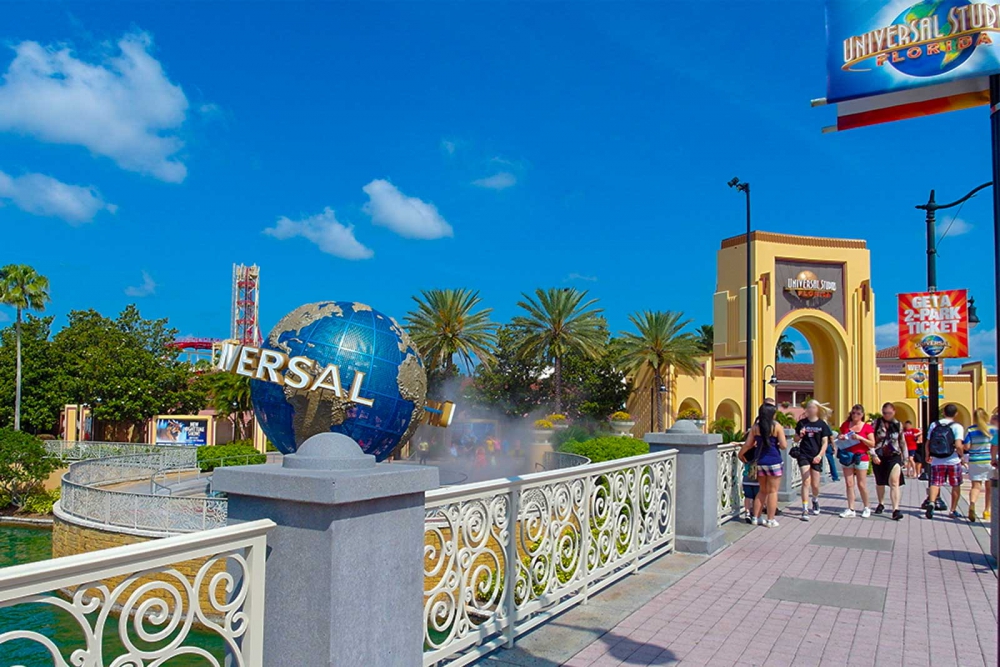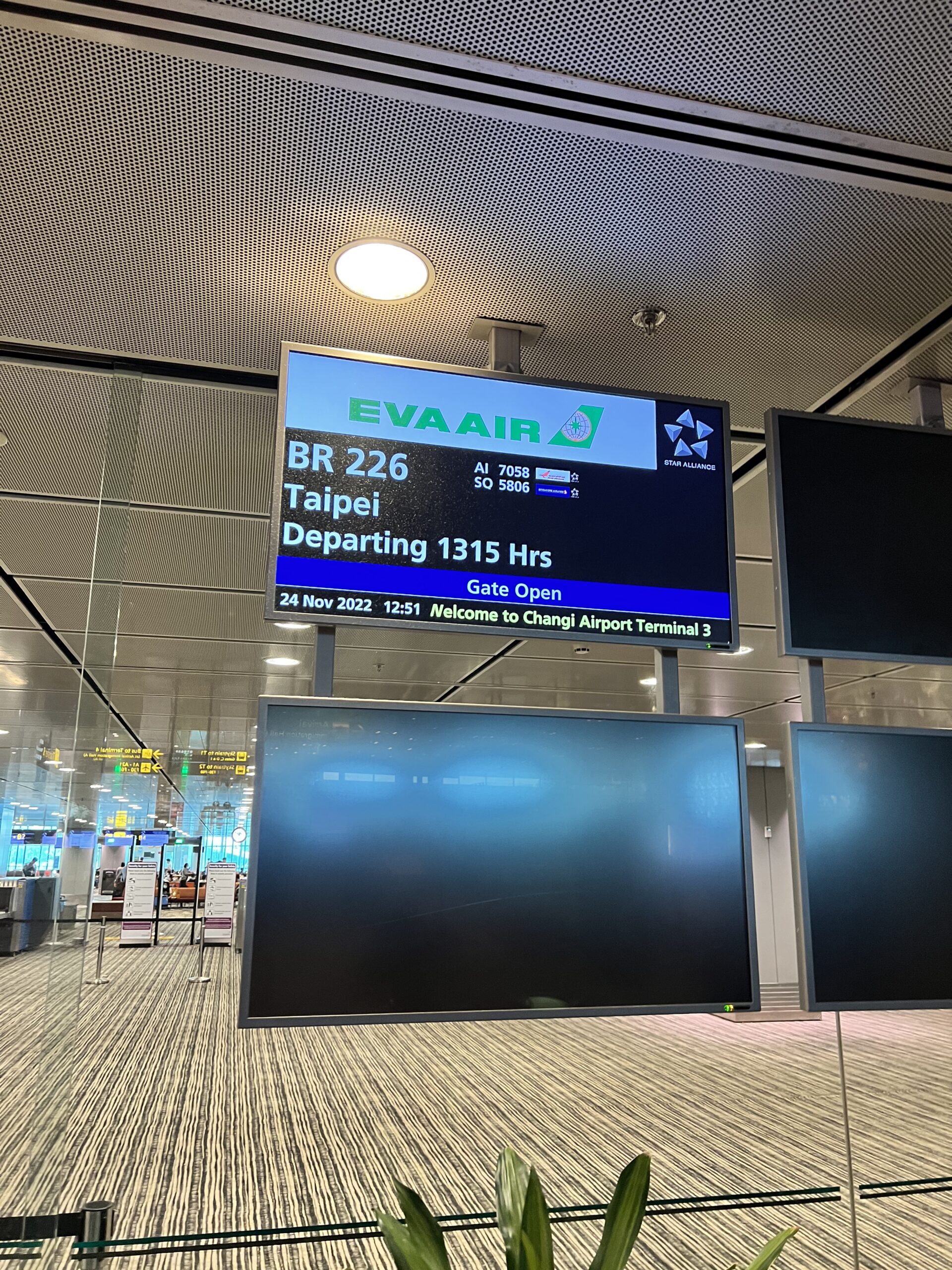
Beautiful beaches and all night parties are just a small part of Miami’s charm. So if you’re looking to learn more about Florida’s most fun city then you’re in the right place.
Although Miami is the second most populous city in Florida, the Miami metropolitan area is the largest in the state. Due to being sandwiched in by the Atlantic Ocean to the east and the Everglades wetland area to the west, the Miami metropolitan area is a lengthy 110 miles (180km) north to south, but never more than 20 miles (32km) east to west. Many tourists flock to Florida for its semi-tropical climate. Even in the depths of winter where places like New York experience heavy snowstorms, Miami is still warm and dry, with lots of sunshine.

Miami has the largest Latin American population outside of Latin America. English however remains the predominant language. Spanish is a language often used for day-to-day discourse in many places, although English is the language of preference, especially when dealing with business and government. Some locals do not speak English, but this is usually centred among shops and restaurants in residential communities and rarely the case in large tourist areas or the downtown district.
Miami Beach
Of course, when you are in Miami, you’ll want to spend some time on the beach. Miami Beach is on a barrier reef across Biscayne Bay, and its sandy, sunny beaches from party-hearty South Beach continues all the way north along the coast of Florida. As Miami has a pretty temperate weather, the beaches will be filled with people all year round.

At night, South Beach and Miami Beach come alive with many pubs, bars and restaurants open. Ocean Drive is the main thoroughfare of South Beach, which is highly popular in Miami. Traversing the length of South Beach, this is the place to see and be seen in town. The pedestrianised section make it easy for visitors to stroll around.


Tucked away on a palm tree-lined pedestrian-only street with string lights twinkling overhead, Española Way is a charming historic throwback in the heart of South Beach. Conceived as a “historic Spanish village” in 1925, the two-block corridor between Washington and Pennsylvania Avenues was designed to resemble the romantic Mediterranean villages of Spain and France. Here, buildings are made of chalky pink stucco with Spanish tile roofs where sidewalk cafes are shaded by striped awnings. It’s a prime area bustling with tourists and for dinner, we chose one of the famous Cuban restaurants around the area. Seated by the terrace, we could people watch and also enjoy some of the best Cuban food in the region.
Downtown Miami

Strong, technological, powerful: it’s the almighty Miami Bull. This masterfully crafted sculpture is a futuristic symbol of modern finance and is a precious statue that was inspired by the City of Miami. It sits outside the Miami Dade College.

The downtown area is a busy shopping area with cultural and event venues. During the day, the open-air malls, department stores and jewelry shops are busy with foot traffic, while at night, crowds descend on the American Airlines Arena for Miami Heat basketball games and big-name concerts. The Adrienne Arsht Center hosts the Miami City Ballet and Florida Grand Opera, and the Pérez Art Museum Miami shows contemporary art.

Everglades National Park
This is the third largest national park in the contiguous United States (excluding Alaska and Hawaii), home to several animals native to Florida. A world away from Miami’s nightlife and beaches, the nearby Everglades National Park cover millions of acres of remote swampland and marshes that form one of the world’s most diverse ecosystems.
With its silent wetlands, remote islands and deserted beaches, it’s no surprise that every day in Florida’s Everglades National Park brings a new adventure. Known as the River of Grass and designated a Unesco World Heritage site, this extraordinary landscape stretches from Lake Okeechobee near Miami right to Florida’s southern tip. One could enjoy kayaking, fishing, snorkeling, sailing and hiking in North America’s largest subtropical wilderness.

The first day when we visited Royal Palm and Flamingo visitor centers, we only managed to see one alligator and it was quite far away. On the second visit, we decided to sign up for a 2h tram tour which would guarantee more ‘gator sightings and it did not disappoint! Besides the highlight of seeing 10 or more alligators, we also caught sight of various species of birds such as herons, vultures and Anhinga.

How to get around the Everglades? It is highly recommended to visit the Shark Valley visitor centre where you can either rent a bicycle, take a long walk or go on a 2h tram tour. This is the best tour as there is a high chance of seeing several alligators. We spotted at least 12 alligators on the left and right side of the tram, with the kind driver stopping to allow us to take photos, all within the tram. We made a U-turn at the observatory point, where you can climb atop Shark Valley’s 65-foot observation tower for a bird’s eye view of the glades. . It offers a stunning vista of the surrounding area and there was a group of students on a school tour to the park on the day that we visited.


Royal Palm visitor centre is located just before the park entrance at the Southern Everglades (it’s $30 entrance per vehicle). There was not too much to see around here, except to take a short walk (about half an hour) on the trail to admire the wetlands and ultimately, we only spotted one alligator which was quite a distance away.

If you have a some extra time to visit the Everglades National Park, then stop at the Royal Palm Visitor Center and State Park to experience two out of nine distinct Everglade ecosystems, as well as access two of the most popular trails in the park – Gumbo Limbo and Anhinga trail. The latter trail is named for a diving bird that nests here. An anhinga is a dark water bird with long thin neck and long tail that is found in swamps in the Southern United States.

Driving further north into the depths of the Everglades, we reached Flamingo Visitor Centre. It was not a nice place to visit as we were viciously attacked by the mosquitoes. There are tours of Whitewater Bay Backcountry Tour and Florida Bay at the Flamingo marina, which may offer you the chance to spot alligators up close as well. This place provides beautiful campgrounds, an abundance of recreational activities and phenomenal views.
Getting between Fort Lauderdale and Miami

The 70.9-mile-long (114.1 km) Tri Rail system is part of the South Florida Regional transportation system. It has 18 stations along the Southeast Florida coast, and connects directly to Amtrak at numerous stations, and to Metrorail at the Tri-Rail and Metrorail Transfer station and at Miami Intermodal Center. It links Miami, Palm Beach and Fort Lauderdale, as well as the various airports in the vicinity, making it a convenient mode of transport for tourists.


